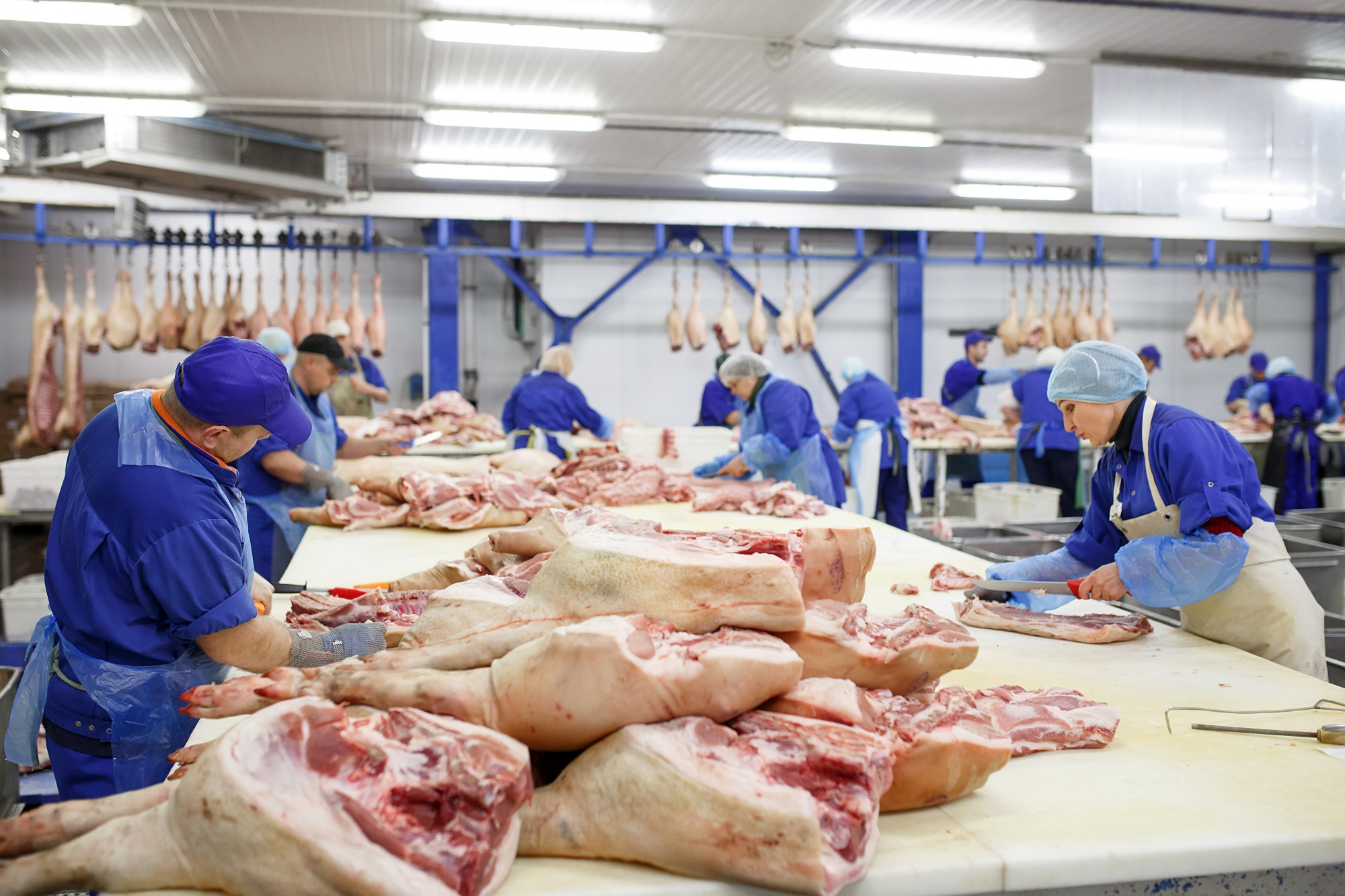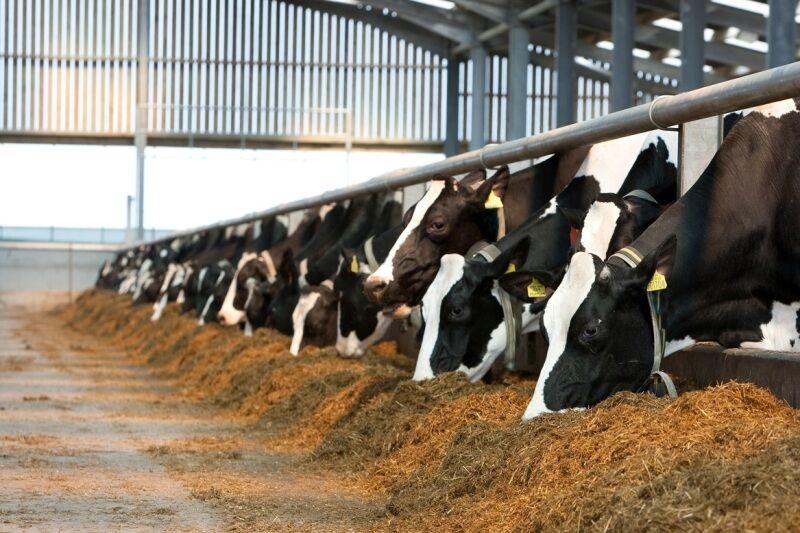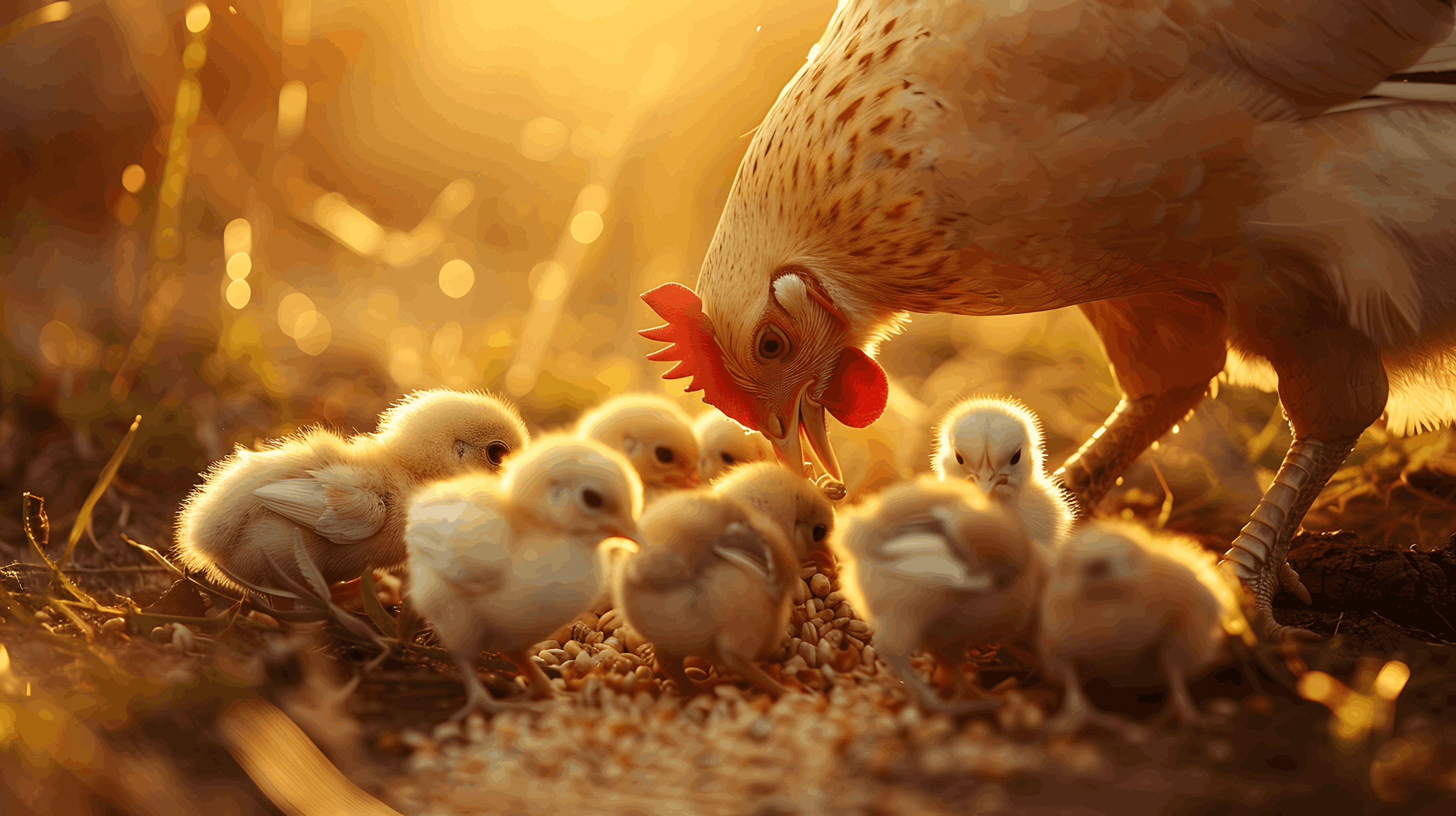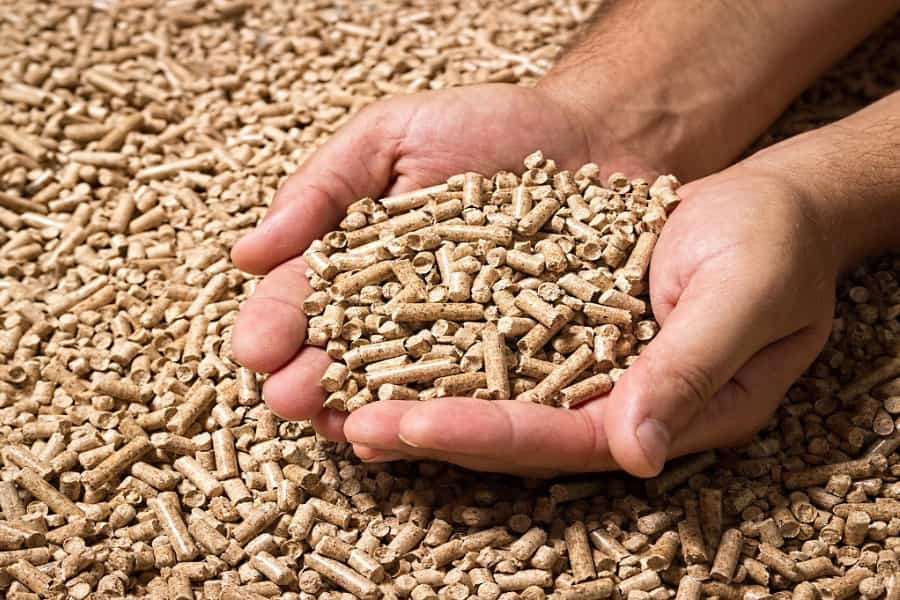The country’s largest egg-laying chicken farm
Given the importance of protein and the role of eggs as one of the most important nutritional sources in household food baskets, the creation of the country’s largest egg-laying facility with a capacity of one million hens and a daily production of one million eggs represents a crucial step towards meeting domestic needs, reducing reliance on imports, and expanding export capabilities. This facility, to be constructed in Khoshab County, will be one of the largest and most modern egg production farms in the region, adhering to international standards in production, hygiene, and packaging.
This report will examine various aspects of this project, including its significance, objectives, production process, market analysis, infrastructure, challenges, and economic benefits.
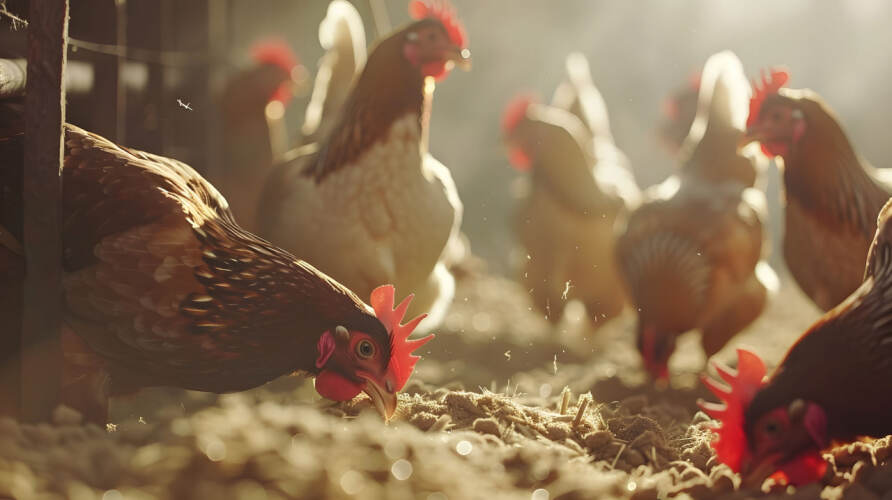
Necessity and Importance of the Project
Eggs, as one of the most affordable and richest sources of protein, play a vital role in the country’s food security. According to statistics, Iran annually produces over one million tons of eggs and is among the major producers of this product in the region. However, we still face challenges such as price fluctuations, supply shortages, the dependence of some regions on imports, and the need to improve production quality.

Advantages of Implementing This Project:
1. Increasing domestic production capacity and preventing egg shortages in the country
2. Eliminating dependence on imports and increasing Iran’s export capabilities
3. Reducing the final price of eggs and supplying market needs at a reasonable price
4. Creating sustainable employment for hundreds of people in the Khoshab region
5. Increasing the quality of produced eggs by adhering to international health standards
6. Utilizing modern technologies to reduce losses and increase efficiency
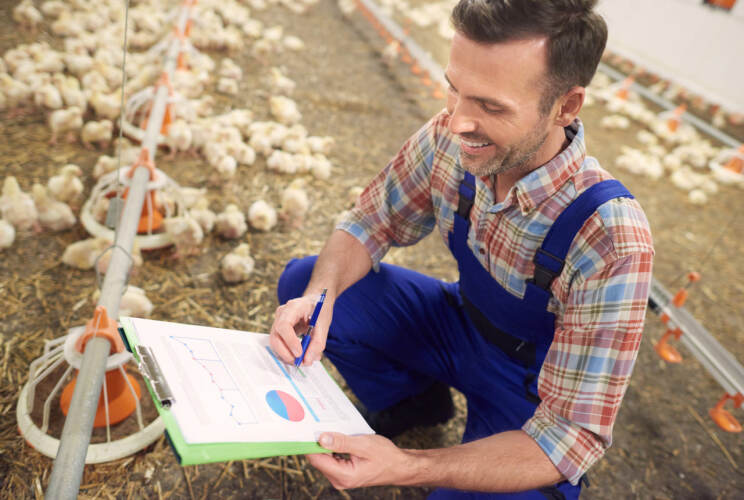
Project Objectives
Short-Term Objectives:
1. Construction of a modern industrial complex with a capacity of one million egg-laying hens
2. Daily production of one million high-quality eggs
3. Creation of standard poultry farming infrastructure, including automated barns, advanced ventilation, and optimized feeding systems
4. Reduction of production costs through optimized management of feed, energy, and human resources

Long-Term Objectives:
1. Becoming the primary hub for supplying eggs to the country and the region
2. Developing export capacity to neighboring countries such as Iraq, Afghanistan, the Persian Gulf countries, and Central Asia
3. Establishing a sustainable supply chain including pullet (young hen) rearing, a dedicated feed mill, and a packaging and distribution unit
4. Improving production standards and reducing common diseases in poultry farms
5. Participating in genetic research and improvement of egg-laying hen breeds to increase production efficiency
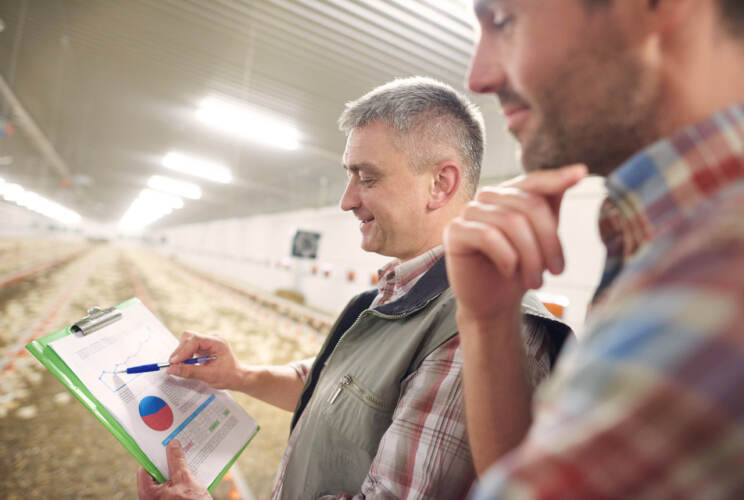
Project Technical Specifications: Poultry Process
Production Capacity:
1. One million egg-laying hens per production cycle
2. Annual production of approximately 365 million eggs
3.Packaging and distribution of the product in domestic and foreign markets
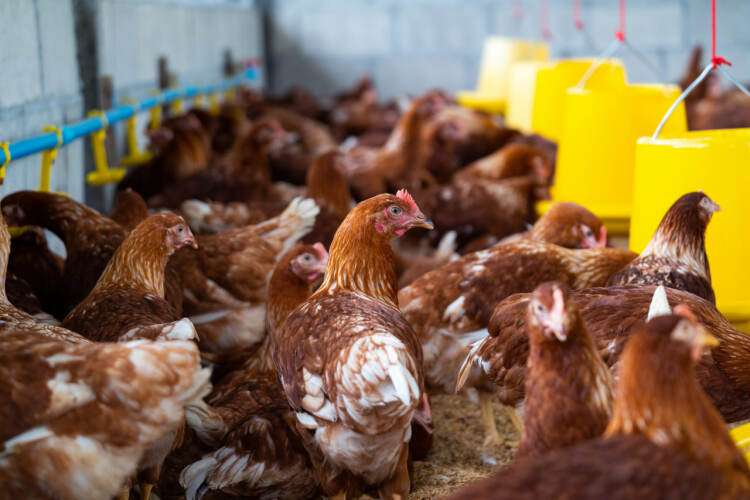
Project Infrastructure:
1. Required Land: Over 25 hectares in the Khushab Industrial Estate
2. Rearing Houses: Multiple modern houses equipped with automated ventilation, heating, cooling, and feeding systems
3. Feed Production Unit: Dedicated factory to supply standard and high-quality feed
4. Quality Control Laboratory: For monitoring the health and quality of the produced eggs
5. Packaging and Storage Section: Equipped with automated packaging systems and cold storage facilities
6. Distribution and Transportation Unit: For the fast and efficient delivery of eggs to various parts of the country

Egg Production Process
Egg production is a complex and multi-stage process that involves the selection of breeds, nutrition, health management, collection, packaging, and distribution of the product.
1. Chick Selection and Rearing:
* Selection of high-yielding and disease-resistant breeds
* Rearing of chickens in a completely standard environment and monitoring their growth and health
* Precise feeding and vaccination programs to improve production performance
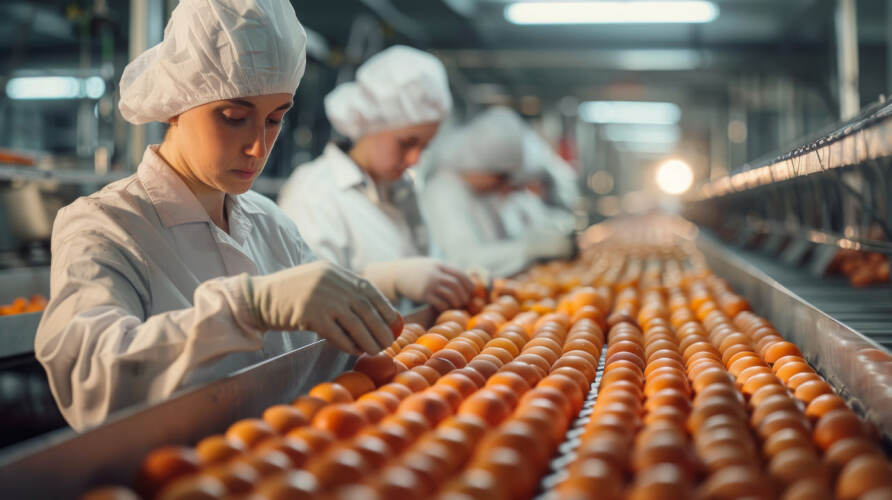
2. Production and Egg-Laying Period:
* Egg-laying hens reaching the age of 16-18 weeks and the onset of egg-laying
* Management of the environmental conditions of the houses including light, temperature, humidity, and ventilation to increase production
* Quality control of eggs and their automatic collection
3. Packaging and Distribution:
* Classification of eggs based on weight, quality, and health standards
* Packaging in standard and durable cartons for optimal transportation
* Distribution of the product through retail networks, restaurants, and exports
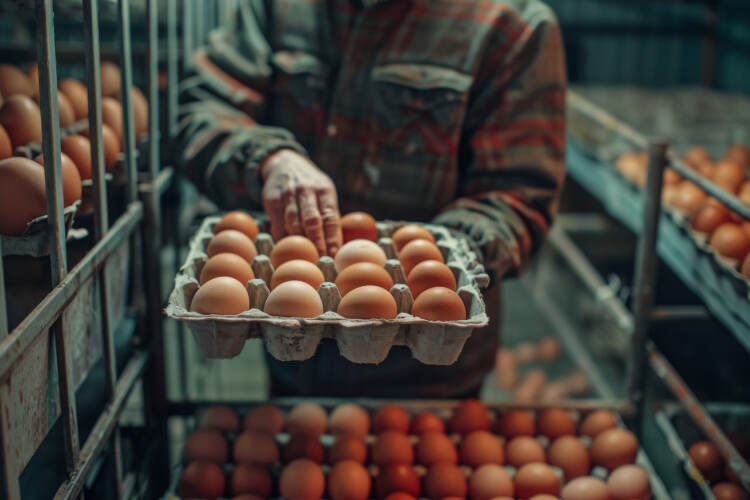
Market and Competition Analysis
Increasing Domestic Demand:
Per capita egg consumption in Iran is approximately 12 kilograms per year, and this amount is increasing.
Export Capacity:
Neighboring countries, especially Iraq, Afghanistan, and the UAE, are major importers of eggs.

Competitive Advantages of Khooshab Farm:
1. Utilization of modern technologies and reduction of losses
2. Production of high-quality and organic eggs
3. Competitive pricing due to reduced production costs

Economic and Employment Benefits
1. Direct employment for over 150 people in production, packaging, and management departments
2. Indirect employment for over 500 people in transportation, sales, and distribution sectors
3. Increased productivity in the poultry industry and reduced egg production costs
4. Helps stabilize egg prices in the market and reduce price fluctuations
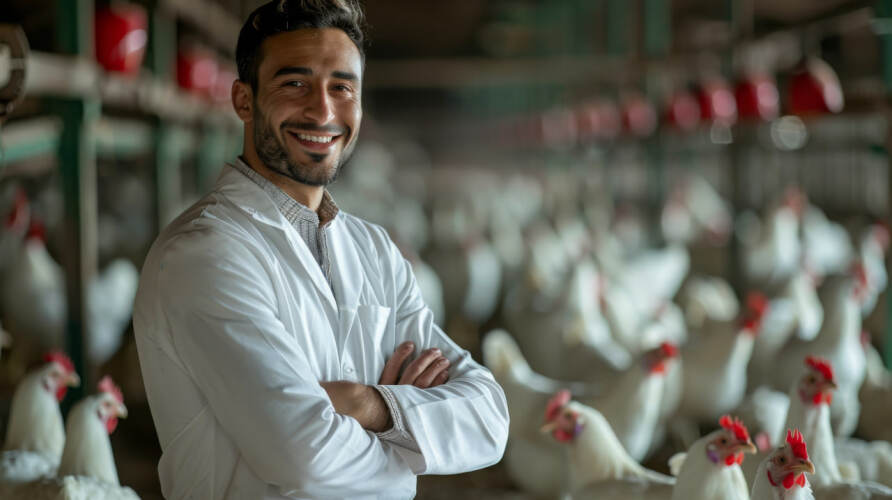
Challenges and Solutions
1. Control of Diseases:
Establishing standard quarantine facilities and monitoring the health of the flock.
2. Provision of Livestock Feed:
Establishing a dedicated feed factory to reduce dependence.
3. Market Price Fluctuations:
Signing stable contracts with domestic and foreign buyers.

Conclusion
The “Largest Egg-Laying Poultry Complex in Khoshab” project will bring about a major transformation in Iran’s poultry industry.
With the construction of this farm:
1. The country’s egg production capacity will increase significantly
2. Dependence on imports will decrease, and Iran’s export capabilities will be strengthened
3. The country’s food security will be ensured, and the price of eggs in the market will stabilize
4. Significant employment opportunities will be created in the region, and the local economy will grow
The implementation of this project will transform Iran into one of the largest producers and exporters of eggs in the region.

Silk Road New, relying on the knowledge of Iranian elites and utilizing domestic capacities, aims to create a sustainable transformation in the country’s economy. It always considers food security and sustainable development as its main priorities.
About the Company


Follow us on social media!!
Menu
Contact Us




